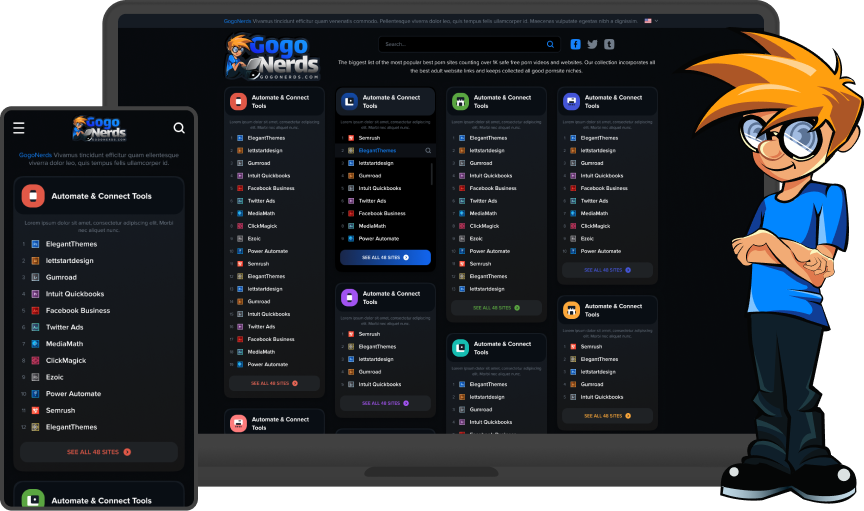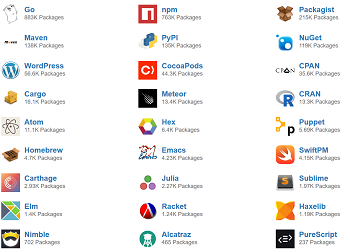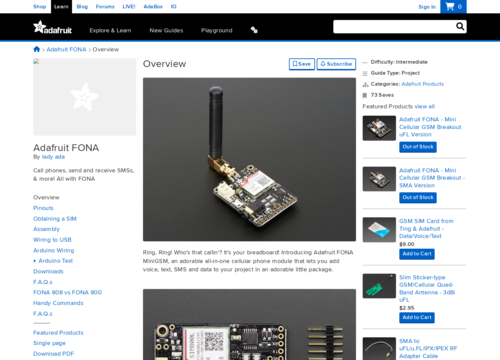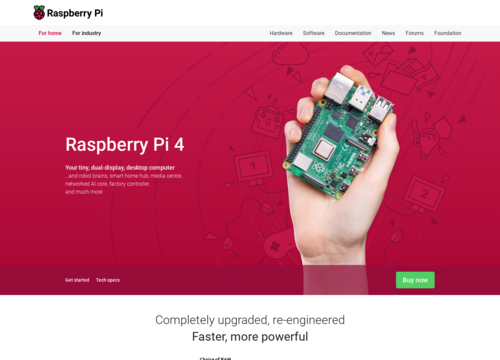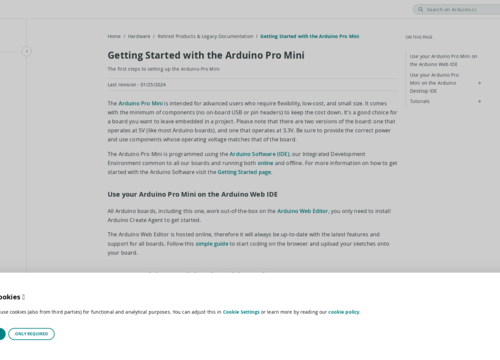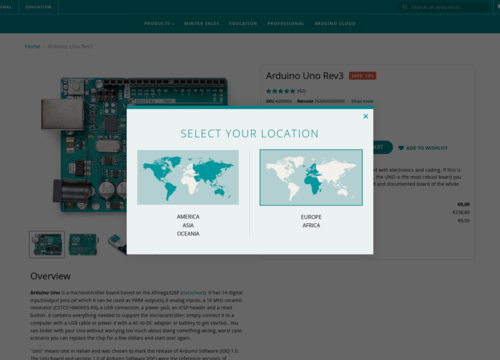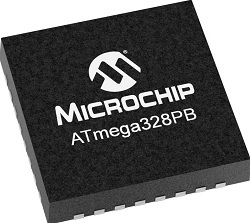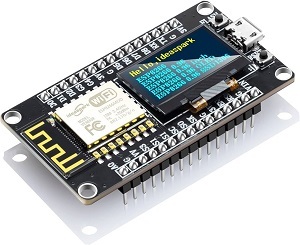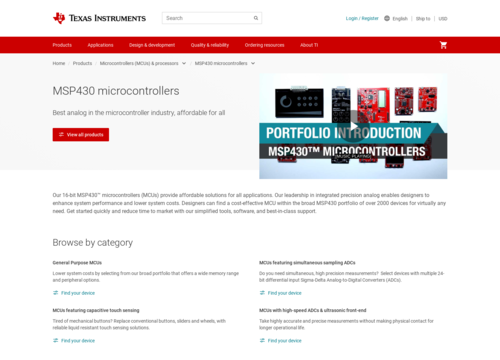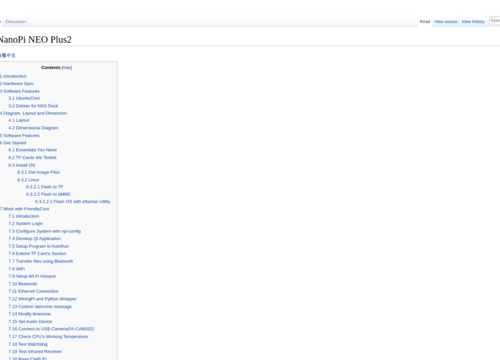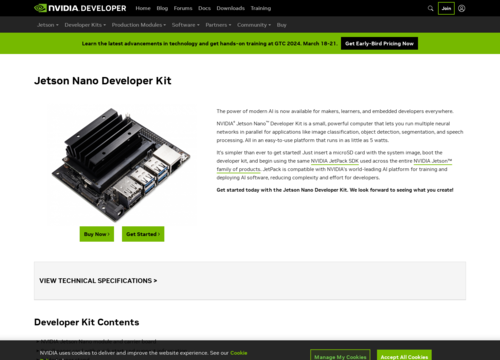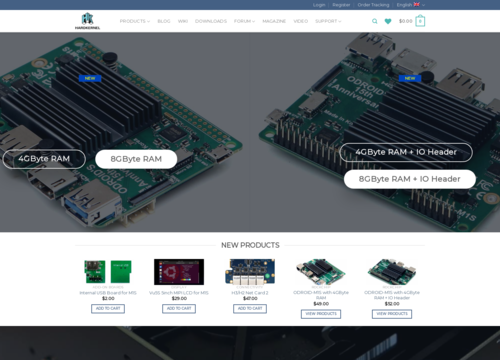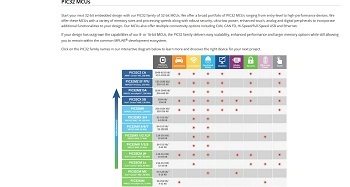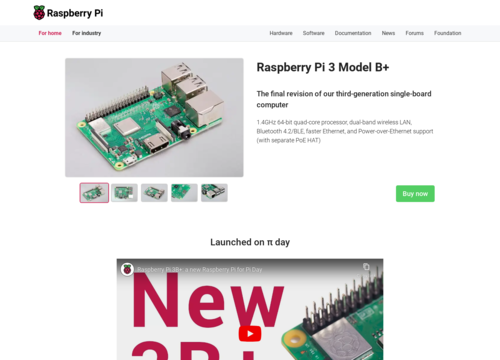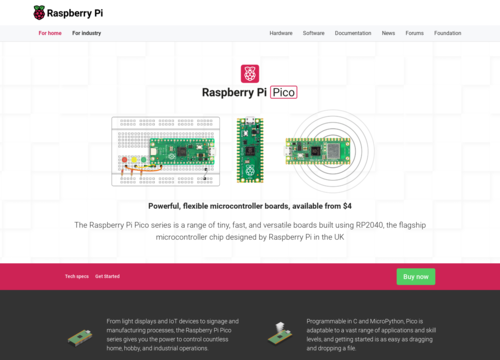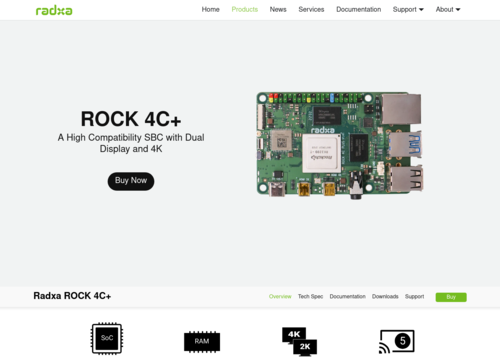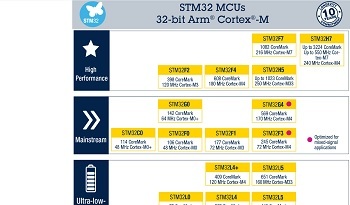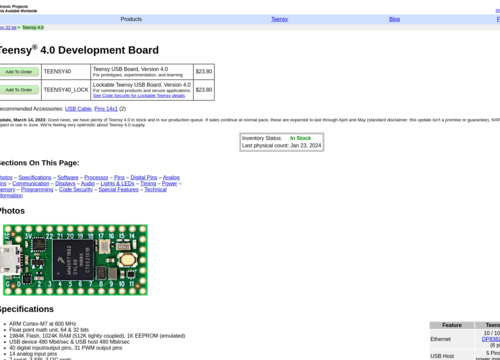ESP32
ESP32 is a versatile, low-cost, low-power system-on-a-chip (SoC) microcontroller. It is particularly popular in the world of the Internet of Things (IoT) due to its impressive blend of features that cater to networked and wireless applications. Here, we look at in detail its key features and functionalities:
Processor and Performance
The ESP32 is equipped with a dual-core processor, typically running at a frequency of up to 240 MHz. This powerful CPU allows it to handle complex tasks and manage multiple operations simultaneously. Compared to its predecessor, ESP8266, ESP32 offers significantly enhanced performance.
Wireless Capabilities
One of the standout features of the ESP32 is its wireless capabilities. It supports Wi-Fi (802.11 b/g/n) and Bluetooth (Classic and BLE—Bluetooth Low Energy). This dual-mode Bluetooth capability is particularly useful for applications that require both Bluetooth connectivity (such as audio streaming) and BLE (for low-power, short-range communication).
Memory and Storage
The ESP32 typically includes integrated RAM and ROM. Additionally, it supports external flash memory, allowing additional storage space for user applications and data.
GPIO and Interfaces
The ESP32 provides a generous number of general purpose input/output (GPIO) pins. These pins can be used for interfacing with various sensors, actuators, and other peripherals. It also supports a range of interfaces, such as SPI, I2C, and UART, making it highly adaptable for various applications.
Analog and Digital Features
These features include analog-to-digital converters (ADCs), digital-to-analog converters (DDACs), and pulse width modulation (PWM). These features enable ESP32 to interact with a wide range of analog and digital sensors and devices.
Power Efficiency
The ESP32 is designed for energy efficiency, which is crucial for battery-powered applications. There are several power modes, including deep sleep modes, which drastically reduce power consumption when the device is not in active use.
Development and Programming
Programming the ESP32 is commonly performed using the Arduino IDE or the ESP-IDF (Espressif IoT Development Framework). The Arduino IDE is particularly popular among hobbyists due to its simplicity and large library of existing code. The ESP-IDF is more powerful and flexible but has a steeper learning curve.
Community and Support
One of the strengths of the ESP32 is the robust community and ecosystem that has developed around it. There are numerous tutorials, forums, and third-party tools available, making them accessible platforms for beginners and experienced developers alike.
Applications
The ESP32 is used in a wide range of applications, from simple DIY projects to complex IoT systems. Common applications include home automation, sensor networks, wearable electronics, and smart city applications.
Cost-effectiveness
Despite its advanced features, ESP32 remains highly affordable, which contributes to its popularity among hobbyists, educators, and professionals.
Security Features
The ESP32 includes several built-in security features. These include a secure boot, which ensures that only authenticated software runs on the device, and flash encryption, which protects the data stored in the device's memory. These features are crucial for IoT devices that often handle sensitive data and need to be protected from potential security breaches.
Analog and Sensor Integration
The ESP32 is equipped with a range of sensors and analog features. It typically includes a Hall effect sensor, which is useful for detecting magnetic fields, and a capacitive touch sensor, which can be used for simple user interfaces. The ADCs in the ESP32 are capable of converting analog signals from various sensors into digital values, enabling the device to process and interpret a wide range of environmental inputs.
Low Development Cost and Accessibility
The low cost of ESP32 extends beyond the chip itself. The development boards based on the ESP32 are also very affordable, lowering the barrier to entry for hobbyists and developers. Moreover, extensive documentation and community support simplify the learning process, making the ESP32 accessible even to those who are new to embedded systems and the IoT.
Energy Saving Modes
ESP32's different power modes are essential for IoT applications where the power availability is limited. In addition to the deep sleep mode, it also has other modes, such as light sleep and modem sleep, each offering different levels of power savings and functionality. These modes allow the ESP32 to be used in applications where it needs to operate for long periods on a small battery.
Real-Time Capabilities
The ESP32 includes features that are important for real-time applications. It has a real-time clock (RTC) that can be used to maintain an accurate operation time even when the main CPU is powered down. This approach is particularly useful for applications that require time-based actions or logging.
OTA Updates (Over-The-Air)
Another notable feature of the ESP32 is its support for OTA updates. This means that the firmware of the device can be updated remotely without the need for physical access. This feature is extremely valuable for devices deployed in the field, as it simplifies the process of updating and maintaining the software.
Community Contributions
The ecosystem around ESP32 is enriched by the contributions of its active community. This includes not only code libraries and development tools but also shared projects and experiences that can be incredibly valuable for solving unique challenges and learning from real-world applications.
Versatility in Projects
The ESP32 can be found in a wide array of projects, ranging from simple projects such as weather stations and smart lights to more complex applications such as voice-controlled assistants, drones, and even robotics. This versatility is a testament to its powerful capabilities and ease of use.
Customizable and scalable
For advanced users, the ESP32 is highly customizable. Its open-source nature allows developers to delve into the chipset's deeper functionalities and tailor it to specific requirements. This scalability makes it a suitable choice for both prototyping individual projects and developing commercial products.
Growing Ecosystem
Last, the ecosystem around ESP32 is continually growing. New tools, libraries, and support materials are regularly added by Espressif Systems (the manufacturer) and the community, ensuring that the ESP32 remains a relevant and powerful tool for the IoT and embedded system developers.
The ESP32 stands out in the world of microcontrollers and the IoT for its rich feature set, robust performance, and extensive community support. Its ability to balance cost, power efficiency, and versatility makes it an ideal choice for a vast range of applications, from hobbyist projects to professional IoT solutions.

